The time went so quickly during this year that I really didn’t have time (or energy spare) to post anything during the whirlwind. But the year has ended and it’s time to move on, so I thought that I would post a quick round up of how things went.
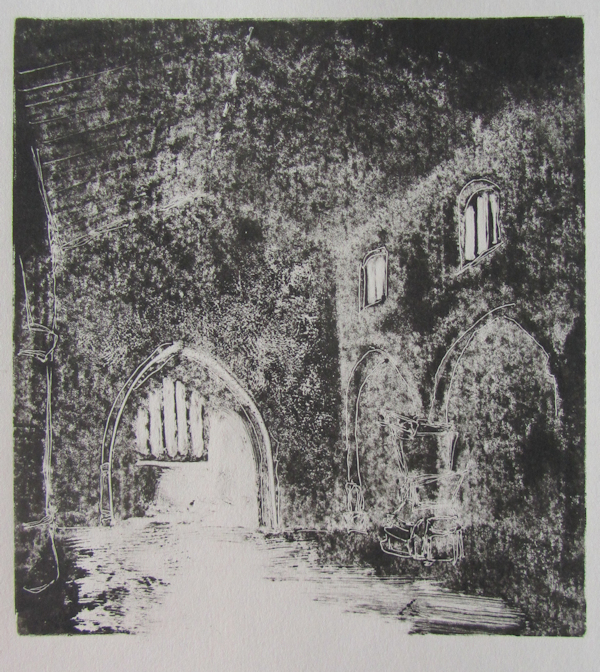 Monoprint from found image ( 25 x 20 cm)
Monoprint from found image ( 25 x 20 cm)
The start of the year saw me come back to my senses after the ‘personal’ diversions of Year 2. I’d been looking at various churches whilst away on holiday and locally to me and knew that this was the subject matter that would feed this last year. I’ve always loved the atmosphere, the sense of history and that connection to the people that had been in these buildings before, although I would always say that I’m not a religious person.
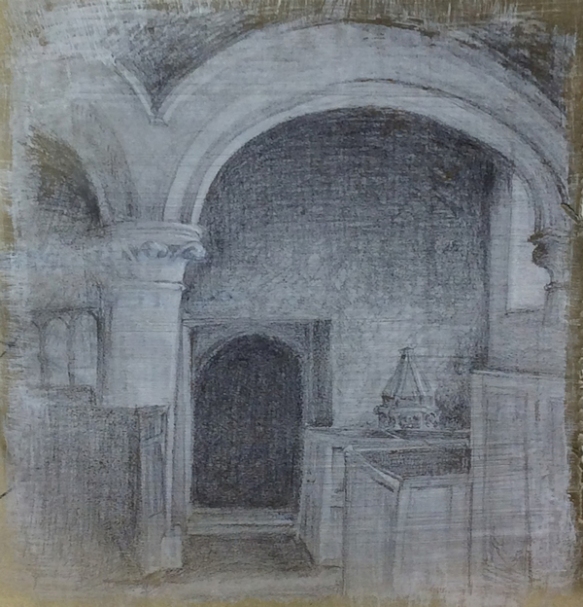
Silverpoint drawing on prepared blueprint paper (10 x 10 cm)
Working with a range of media drawings and prints were produced based on found images, my own photos and at first hand in situ. Gradually I honed the subject matter down to a couple of churches local to me and realised that it was the contact with previous visitors that was the focus of interest for me. During the year I also became involved with the Wiltshire Medieval Graffiti recording project ( http://www.wiltshire-medieval-graffiti-survey.com/ ) and helping to create this record of graffiti encouraged really close contact with medieval life. One of the initial redundant churches that we visited as a group became the focus of my interest for the final part of the year and I visited on a regular basis.

Charcoal drawing on prepared board (10 x 12 cm). Based on photo taken during a visit with WMG survey
Several things influenced the media I used and the way that I used them during this time. A visit to the ‘Drawing in Silver and Gold’ exhibition at the British Museum strengthened my existing love of silverpoint as a drawing medium and echoed the era that I was discovering with the graffiti survey. Two further exhibitions on printing by Munch and Degas sanctioned the use of the printing process as a tool for drawing, rather than just a means to an end, which allowed the creation of some of my final pieces of work.
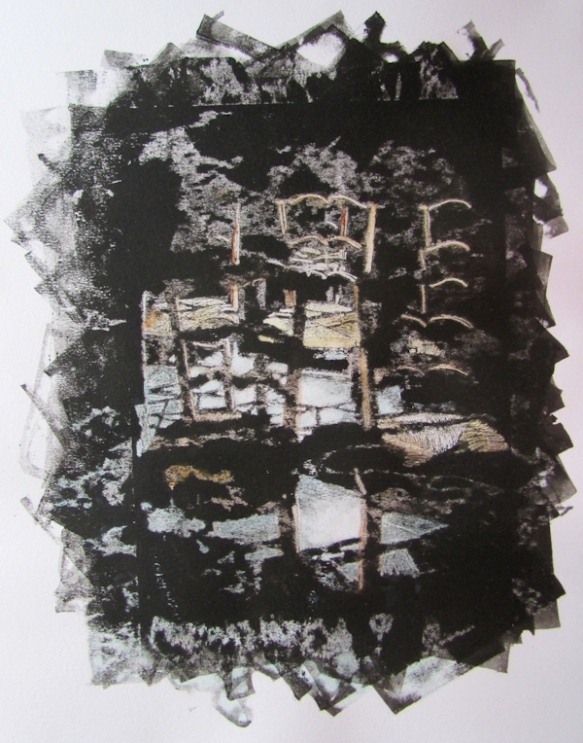
First negative impression from a monoprint with watercolour (35 x 25 cm)
The final submission at the end of the year involved a diptych at near life size that represented the main door into the church and a section of the interior wall close by. The sections evoked the interaction of the populace by their physical contact with the door, and the more ephemeral, glancing contact of breath, heat and shadows on the wall.

Overall view of presentation. L – R: ‘Nescis I’, ‘Nescis II’ and ‘Areredos’.
This large scale drawing was accompanied by a small, soft, intimate book that recorded of some 140 medieval graffiti marks that I had discovered during my visits; my direct contact with the ‘common’ people of the past.
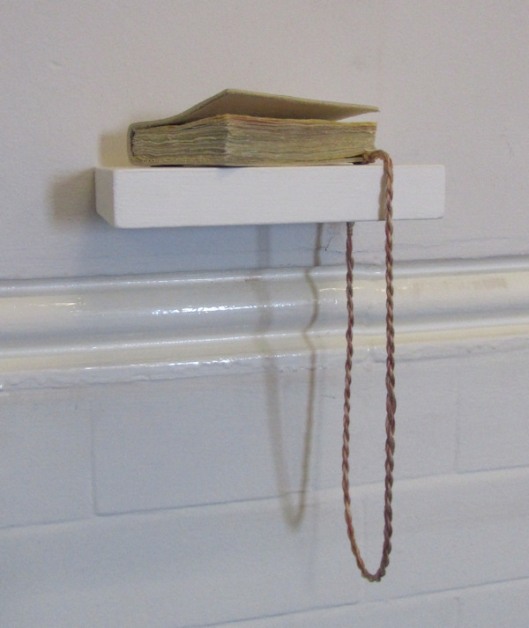
‘Areredos’
Japanese paper, watercolour paint, pencil, watercolour pencil, inks, leather, silk. (10 x 8 x 2 cm)
For my dissertation I noted that one artist that I was discussing, Jane Dixon, employs ‘techniques that deliberately lose their eloquence in reproduction’(1.). Unfortunately my own drawing has also proved very difficult to reproduce here – partly due to the final size (2.2m x 3.5m) and also the fact that the intricate silverpoint drawing just doesn’t show up well!

Detail of silverpoint drawing on left-hand panel of diptych, ‘Nescis I’.
The book also has to be physically experienced for appreciation of the drawings within, but this intimacy with the graffiti and marks from the past and their creators is what I have discovered is really informing my practice as I come out of the MA.
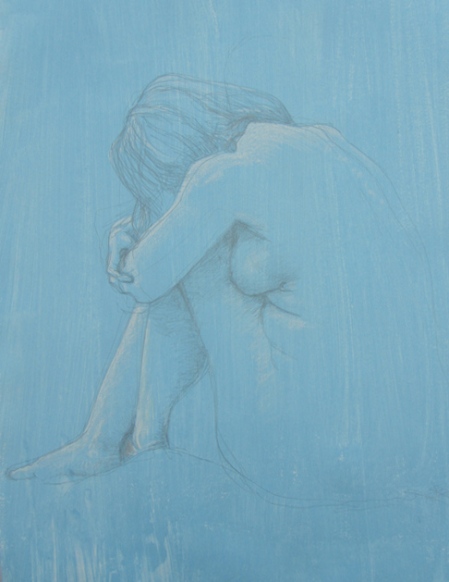
Silverpoint and chalk on prepared blue paper.
Life drawing has remained a key element in the development of the drawings that I made throughout; as I found that I could experiment with media and technique whilst looking at the familiar models in the relaxed atmosphere of the Life Room and is something that I will continue to do.
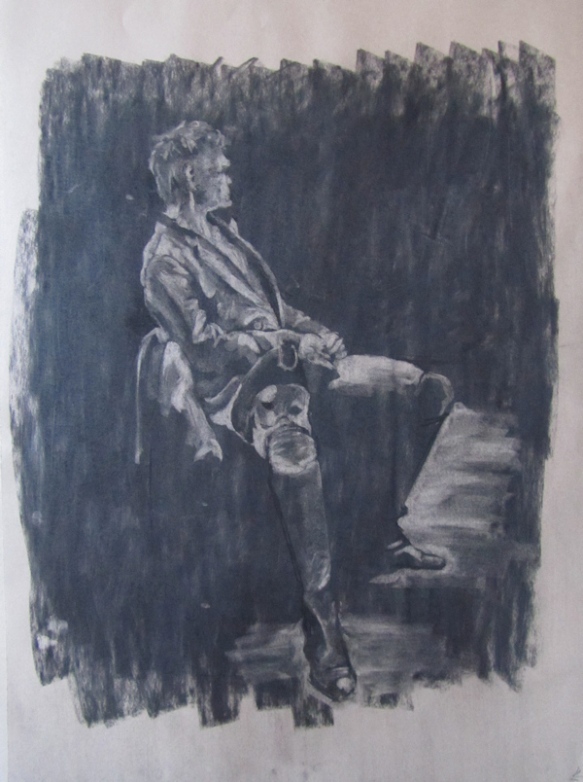
Erased charcoal on paper.
- Lampert, C, 2009, extract from catalogue essay for In Between the Lines: Recent British Drawings, Trinity Contemporary, London, http://www.janedixon.net/index.html accessed 2/3/2015
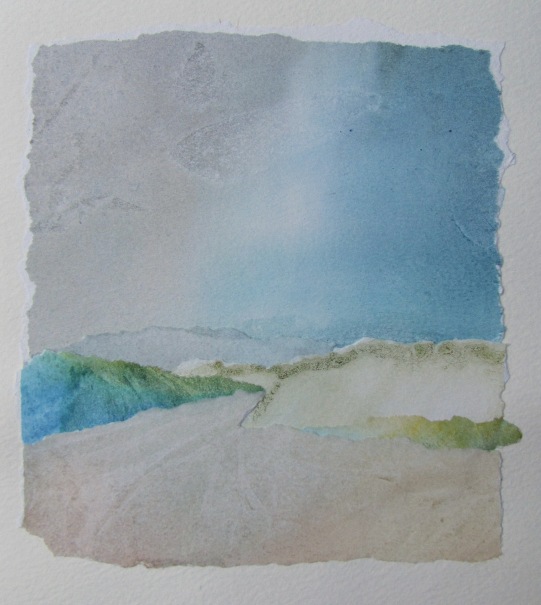
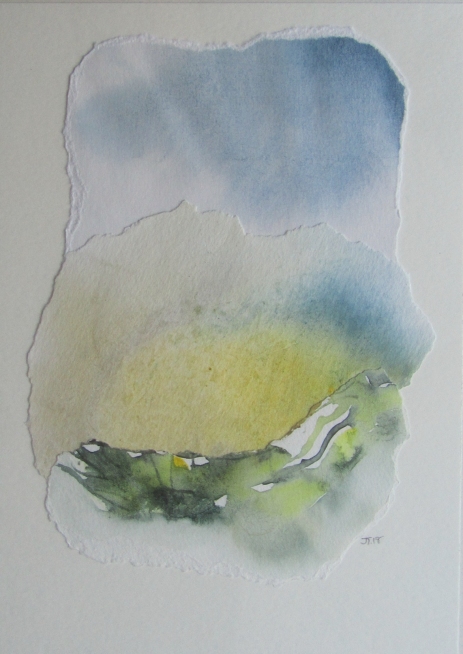

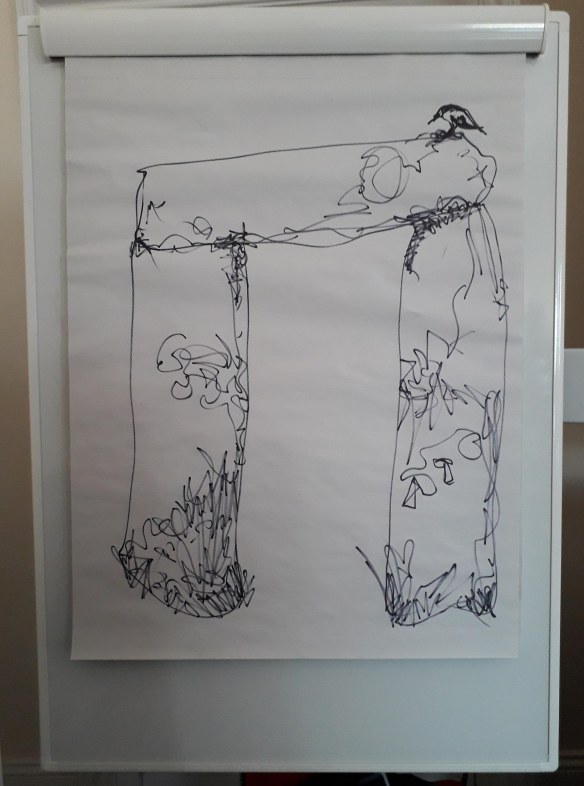

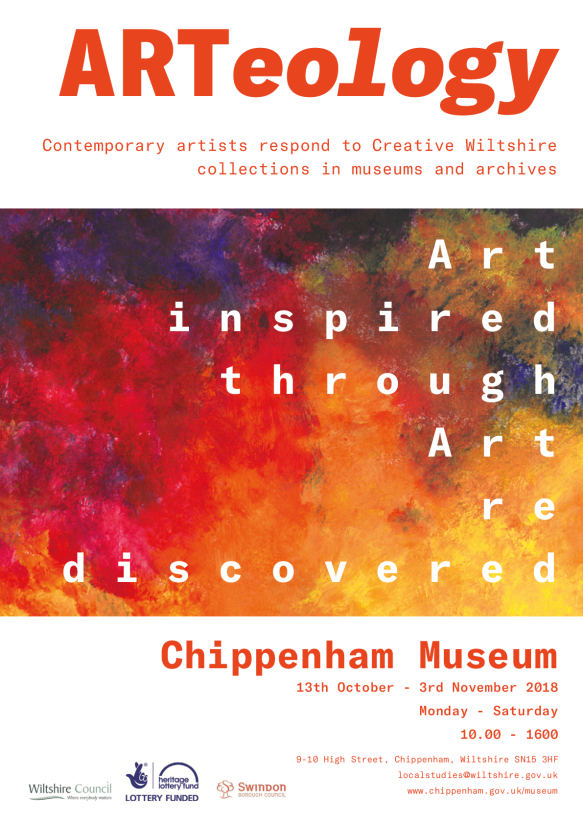
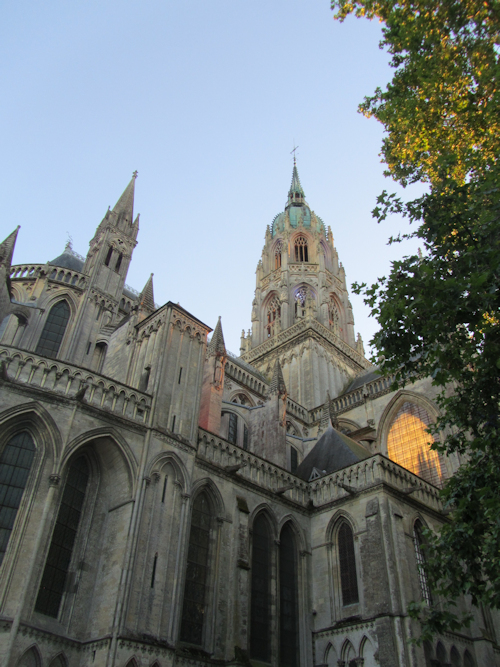 For the last couple of days of our holiday we stayed in the town of Bayeux. We’ve only dashed through here in the past to drag the kids around the tapestry, so we decided that this year the town deserved a proper look around.
For the last couple of days of our holiday we stayed in the town of Bayeux. We’ve only dashed through here in the past to drag the kids around the tapestry, so we decided that this year the town deserved a proper look around.



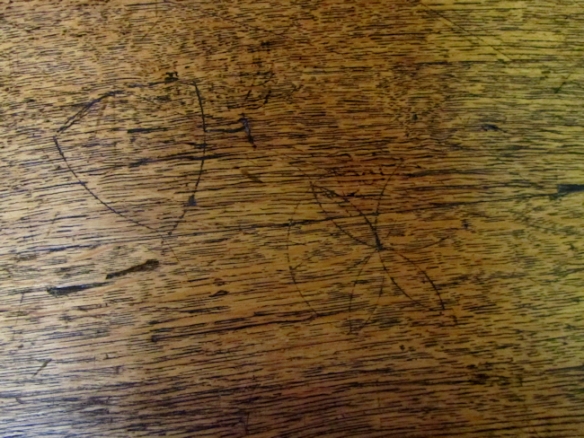
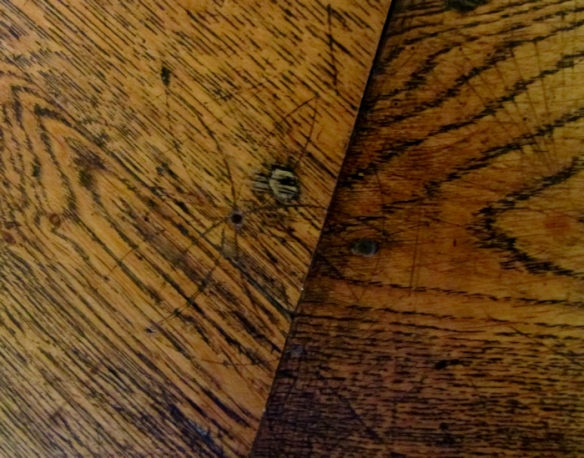




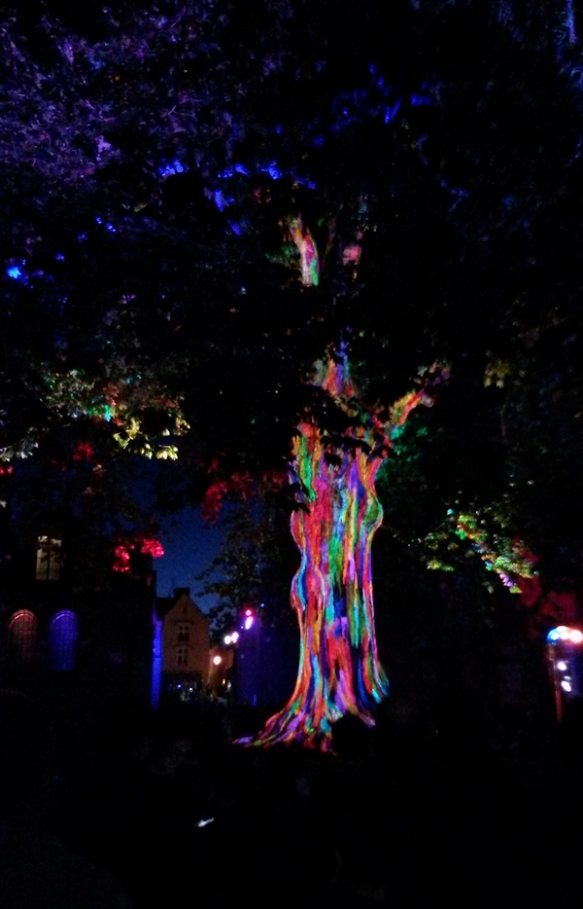
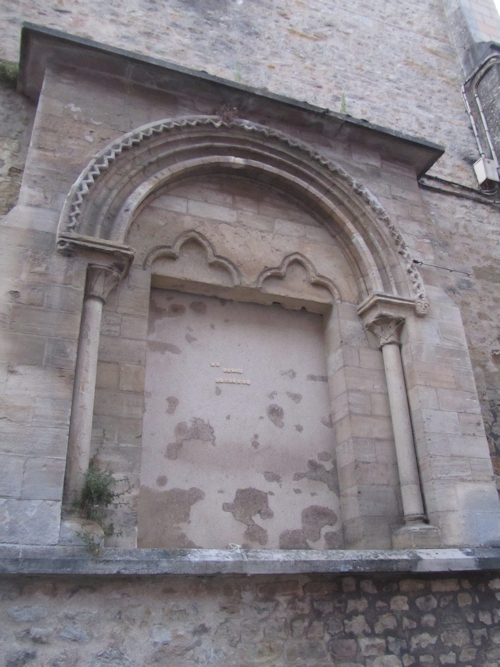
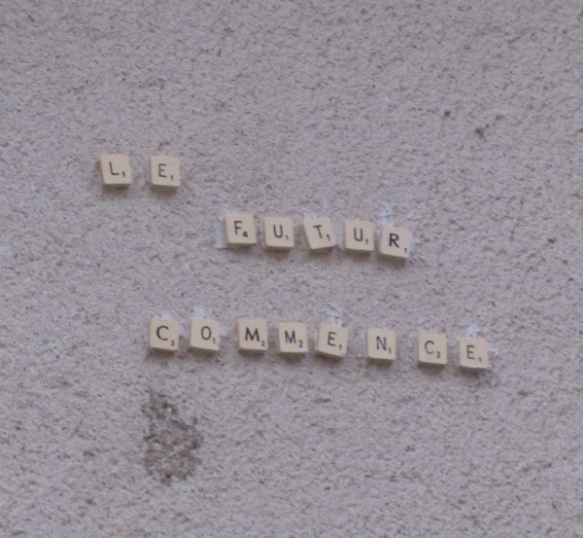
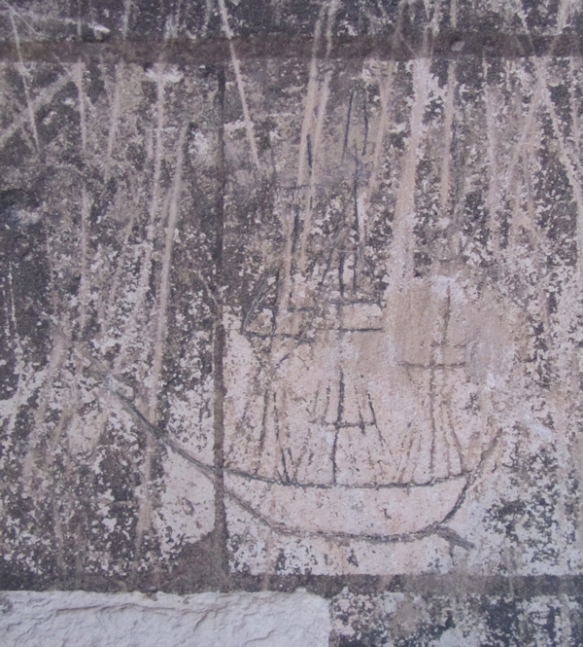
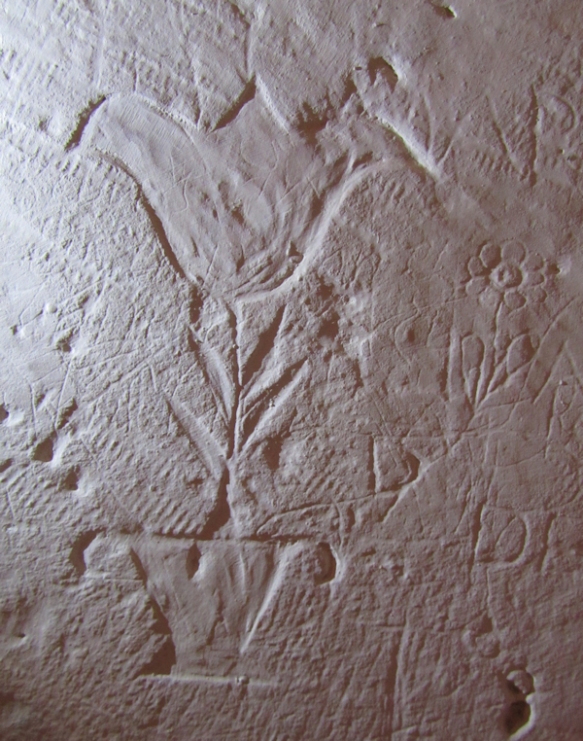


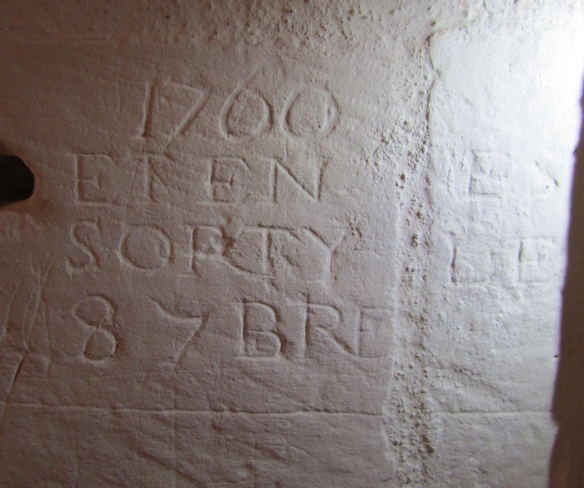
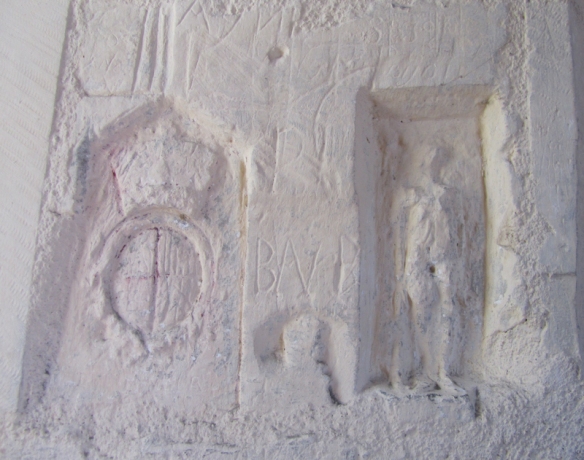
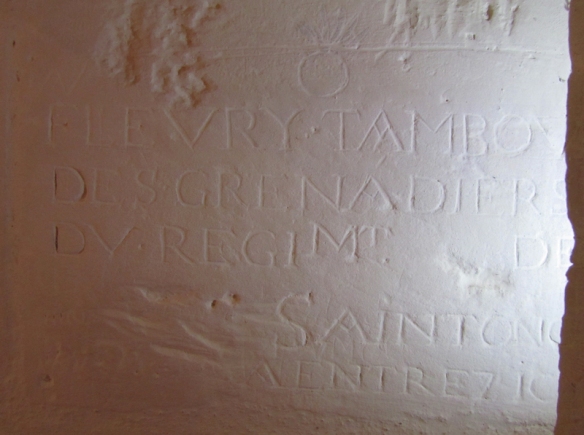
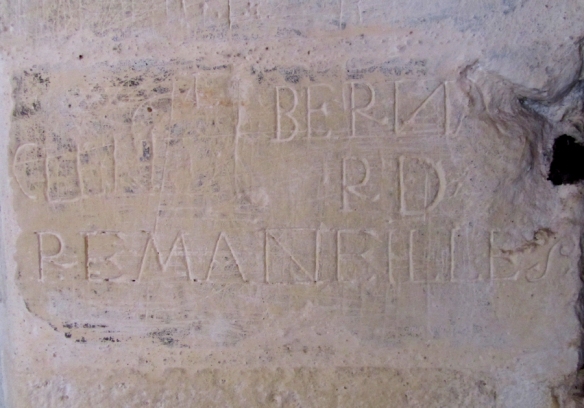

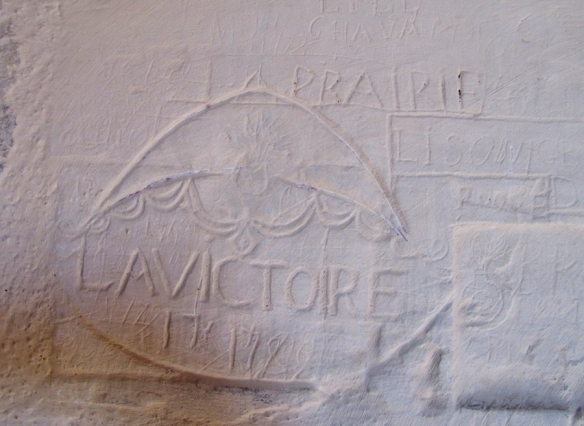
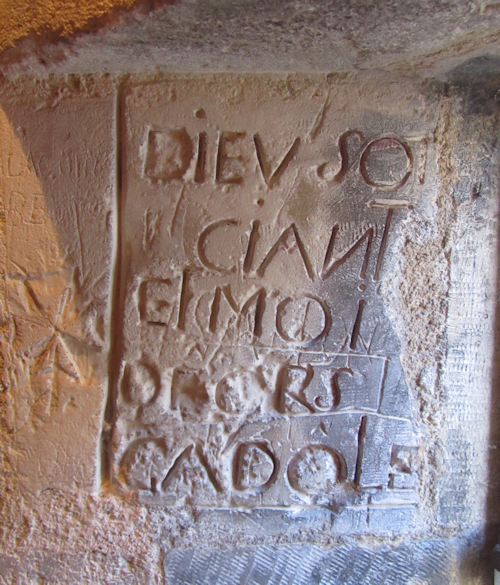


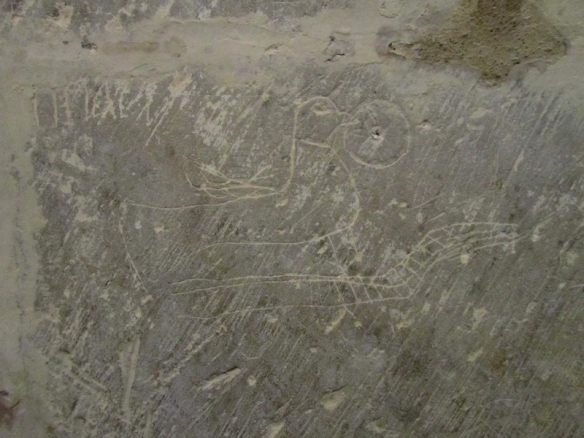


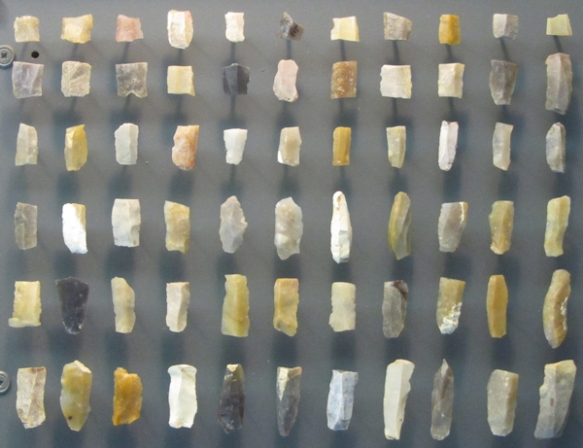
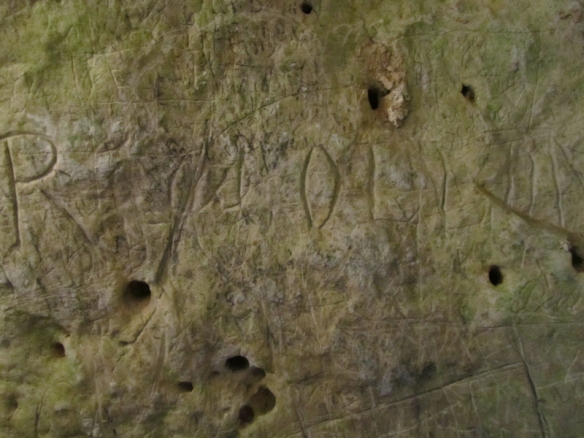
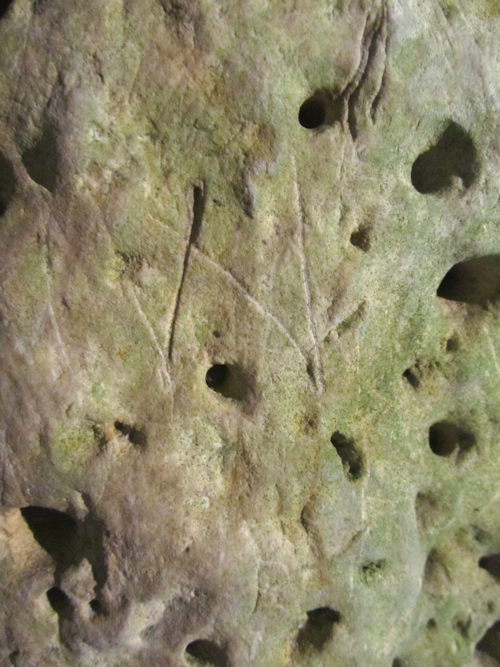
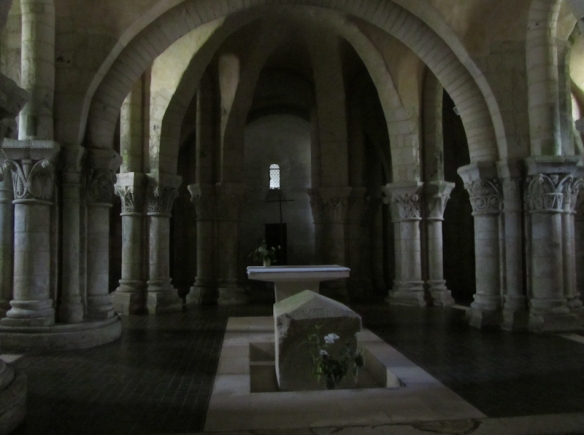


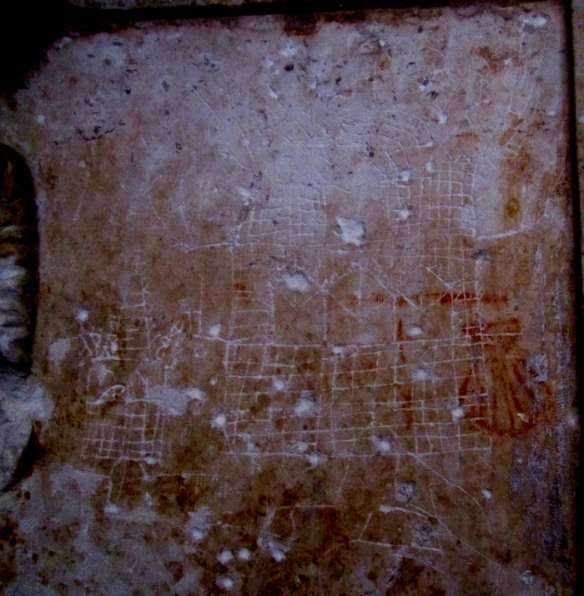
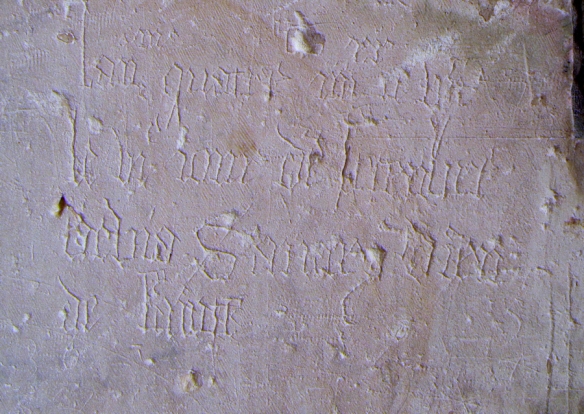
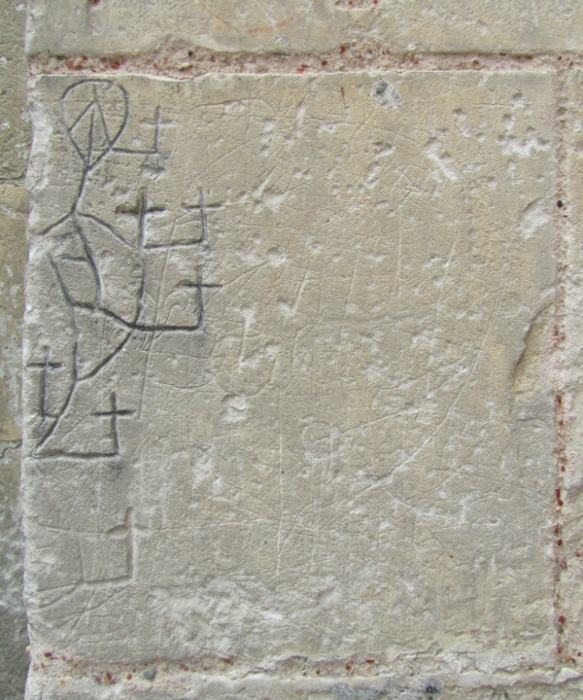
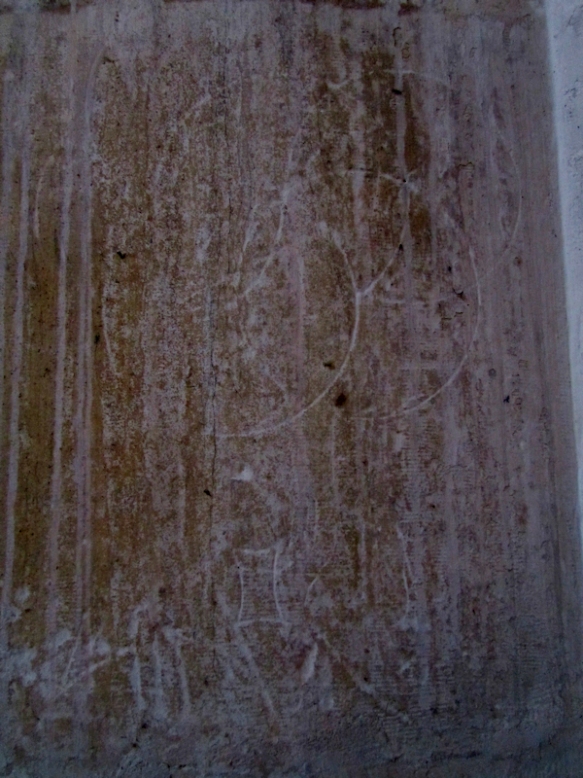
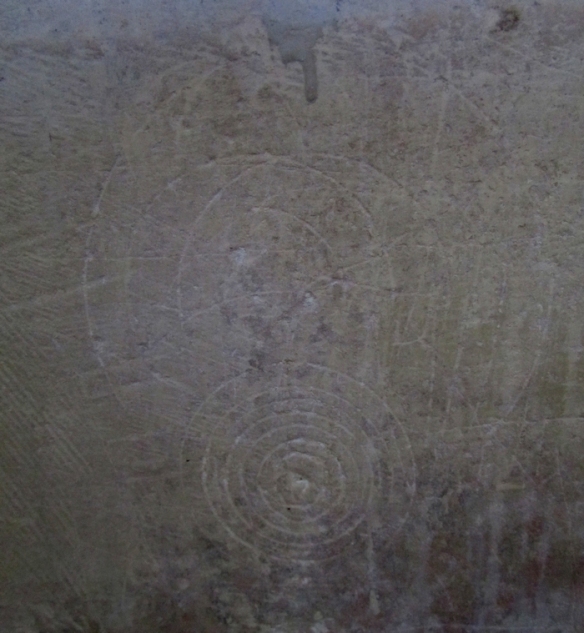



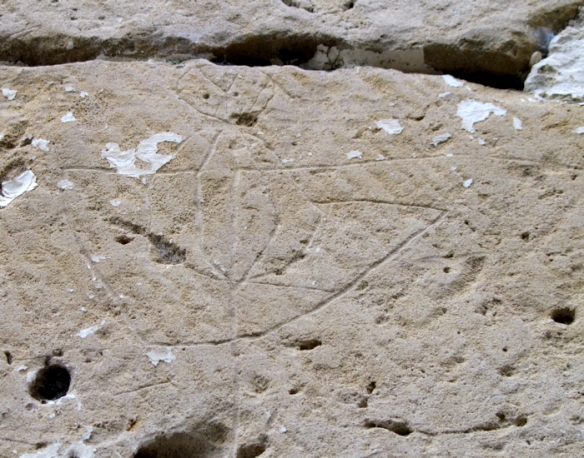
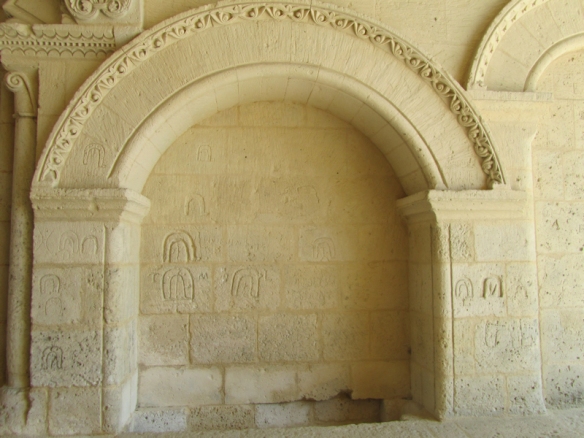
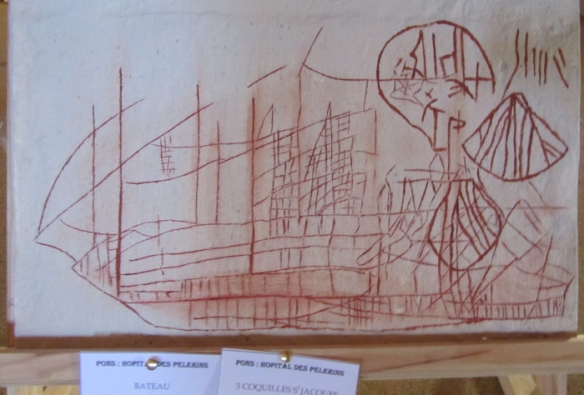
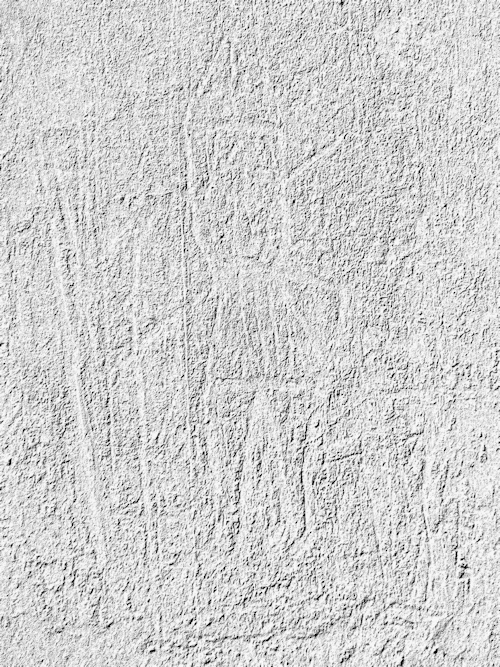
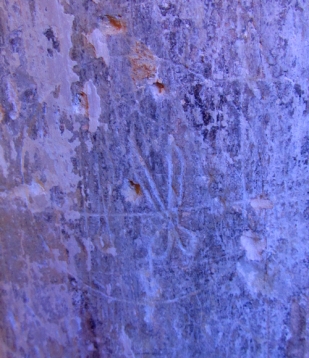
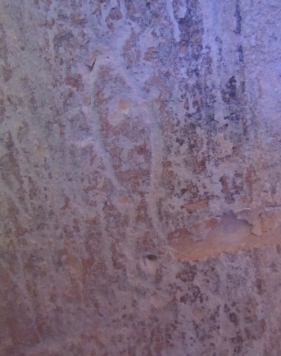
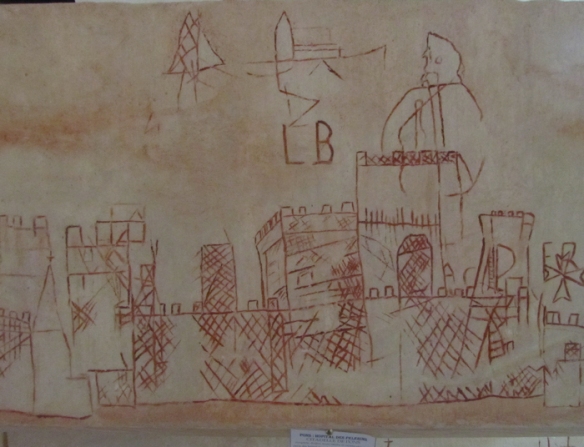
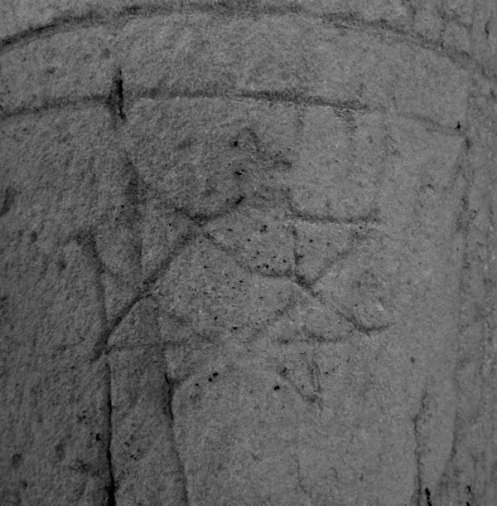
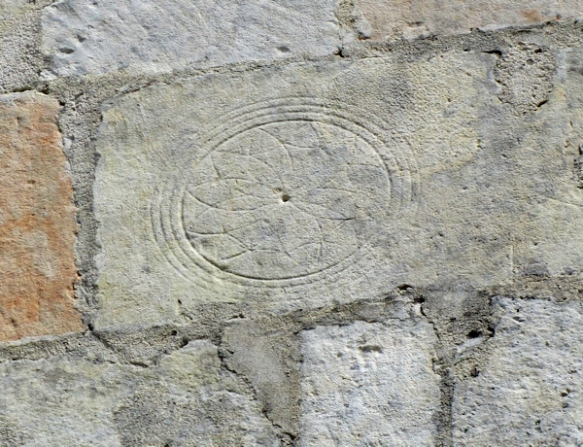
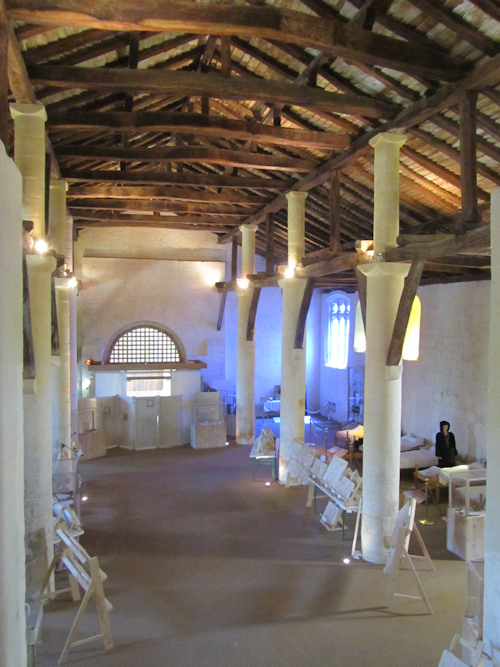
 Monoprint from found image ( 25 x 20 cm)
Monoprint from found image ( 25 x 20 cm)






